$25.00
$25.20
$19.90
$28.22
$34.85
$34.85
$25.20
$25.20
$28.22
$39.90
$34.85
$19.90
$28.22
$19.90
$19.90
$25.20
$22.16
$39.90
$46.45
$28.22
$22.16
$19.90
$22.16
$40.39
$40.39
$30.77
$28.22
$22.16
From $1.25
From $1.38
$25.25
$35.86
From $1.54
$20.21
$45.46
$15.14
$25.25
$21.00
$30.30
$35.35
$15.14
$25.25
$21.00
$30.30
From $11.32
From $17.18
$27.00
$48.48
$80.81
$58.57
$6.79
From $1.51
$14.32
$31.21
$27.00
From $21.46
$21.68
$30.30
$13.91
$105.31
$86.87
From $47.22
$57.14
$38.92
From $18.40
$26.27
From $13.69
From $13.69
From $14.55
From $14.55
$26.27
$30.30
From $17.18
$50.00
From $12.61
From $13.19
$45.00
From $16.00
From $8.00
From $8.00
From $9.99
$3.31
From $22.33
From $12.92
From $12.61
$25.25
$18.88
From $10.30
From $1.94
From $17.43
From $10.73
$30.00
$20.00
$7.00






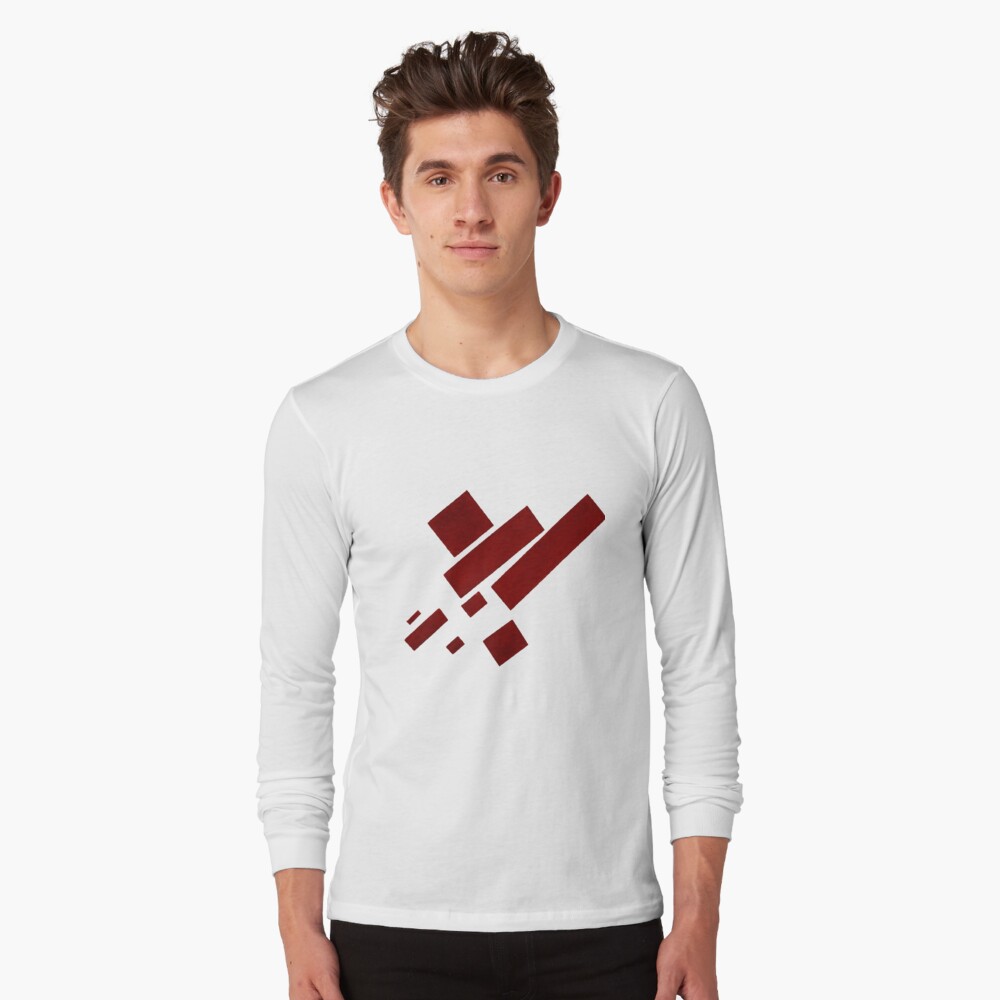



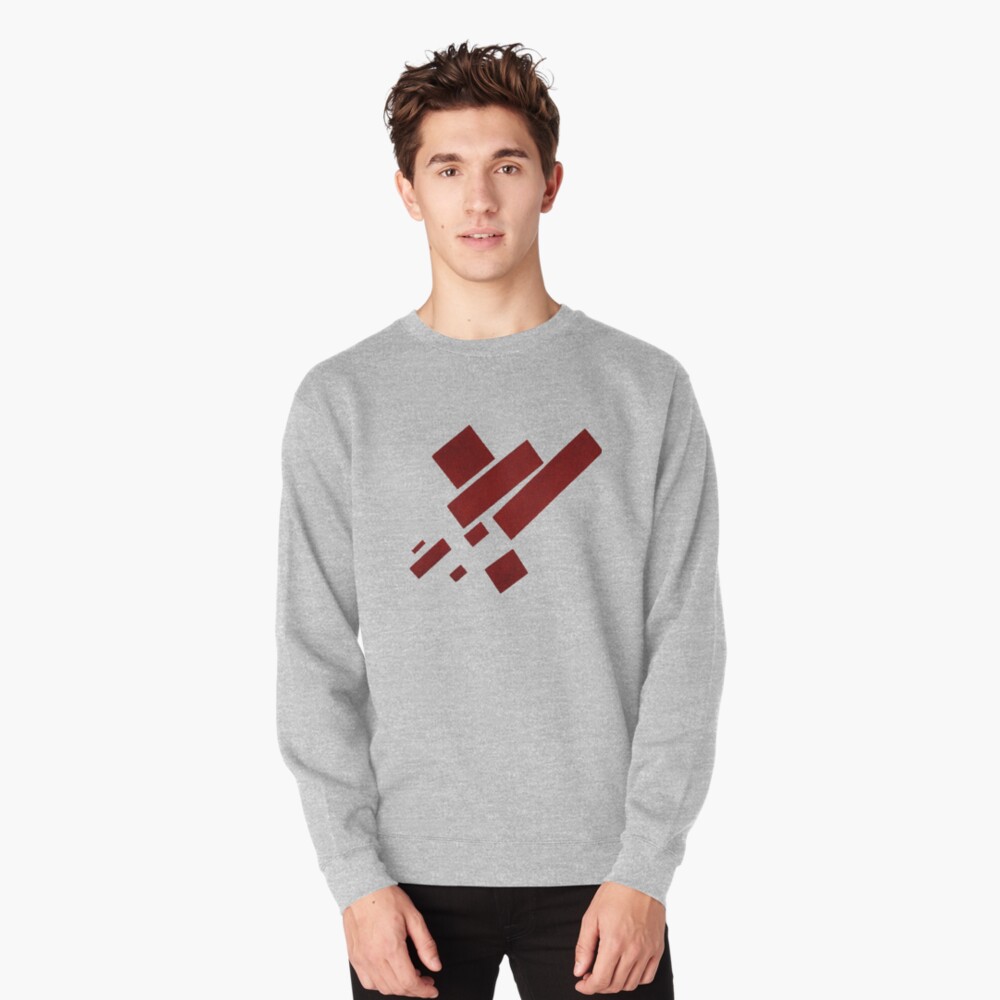








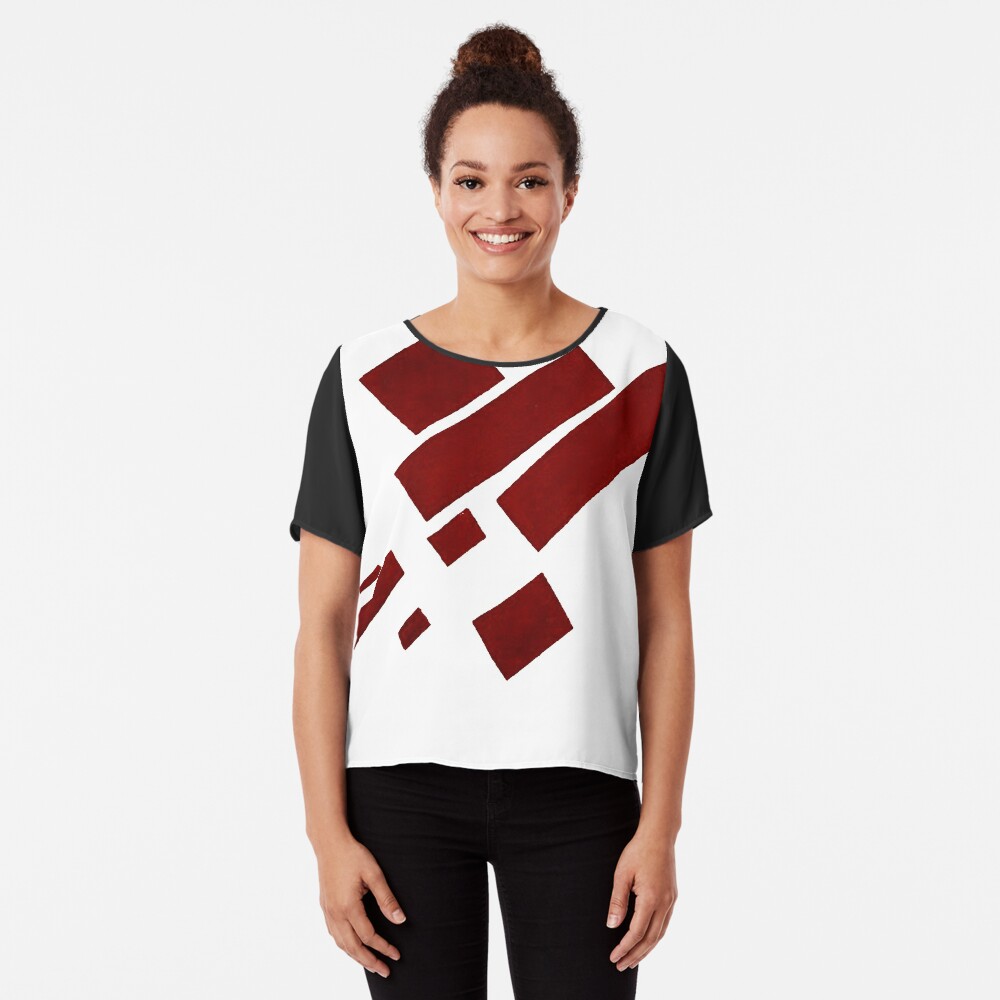
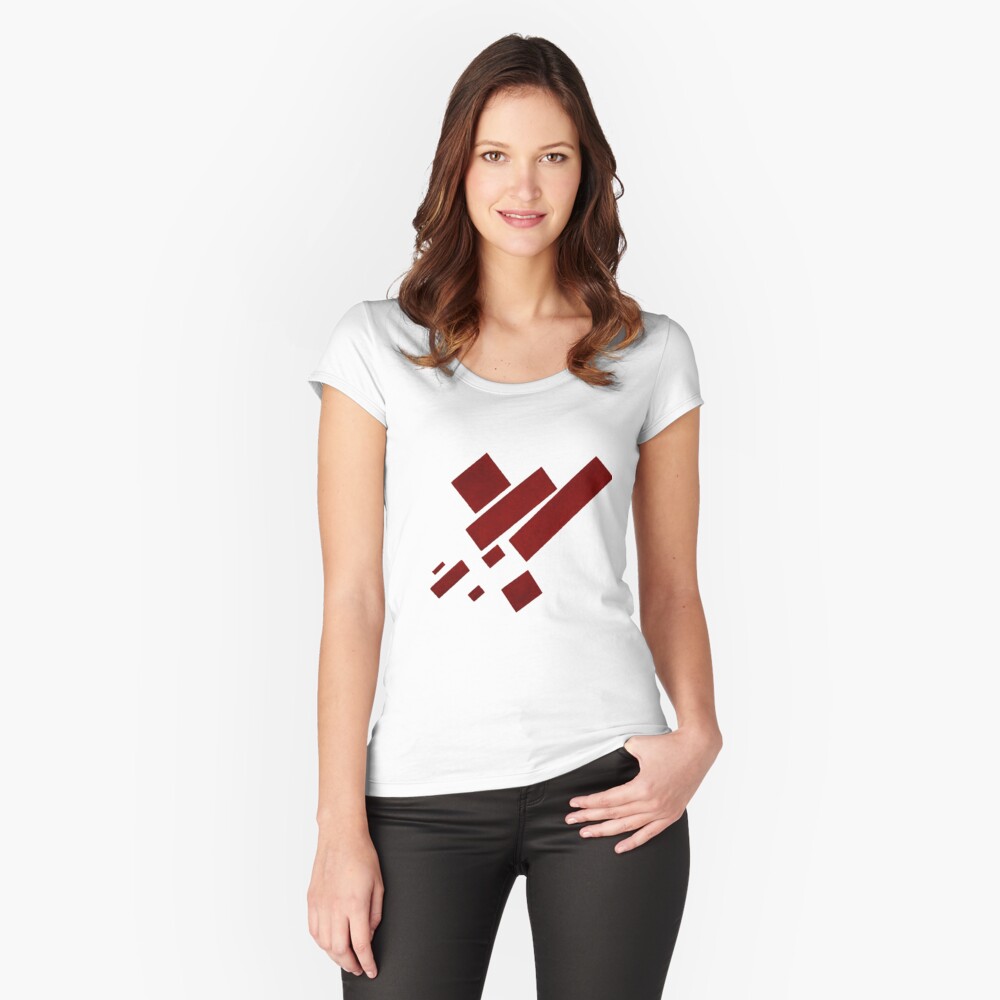

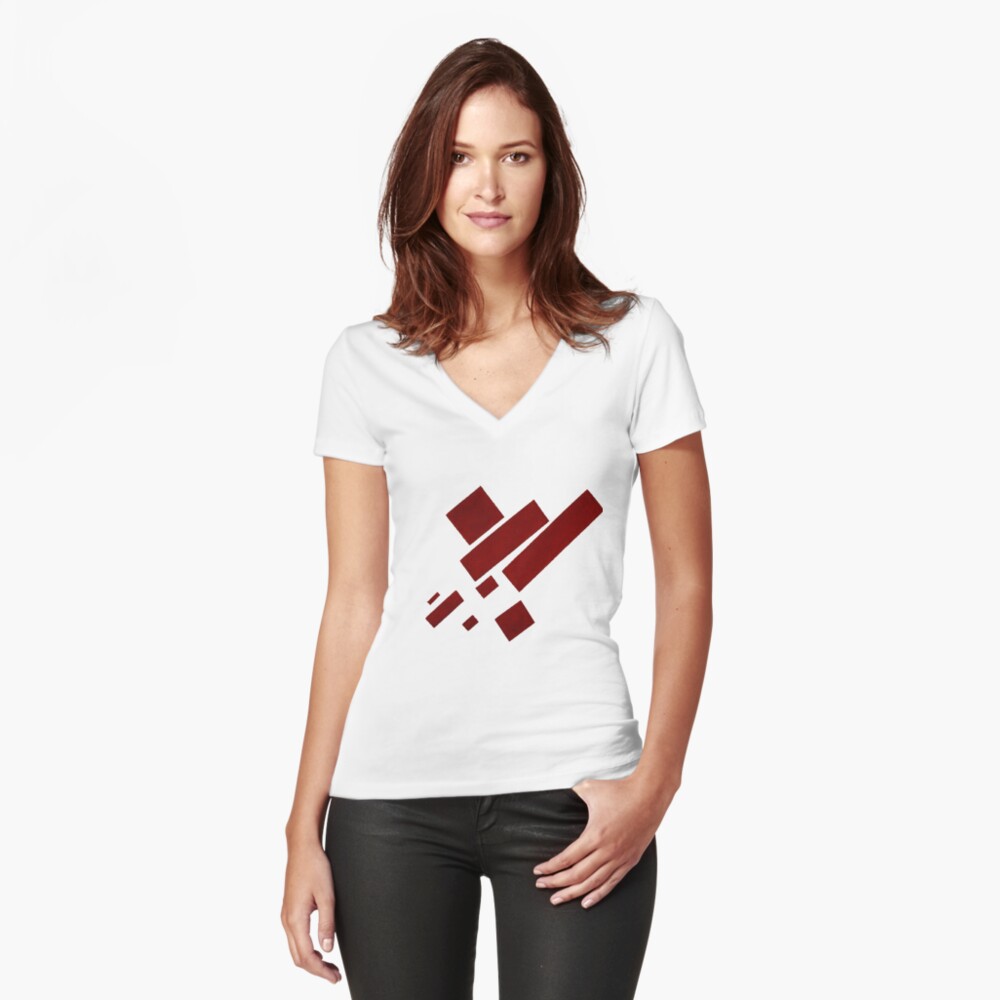

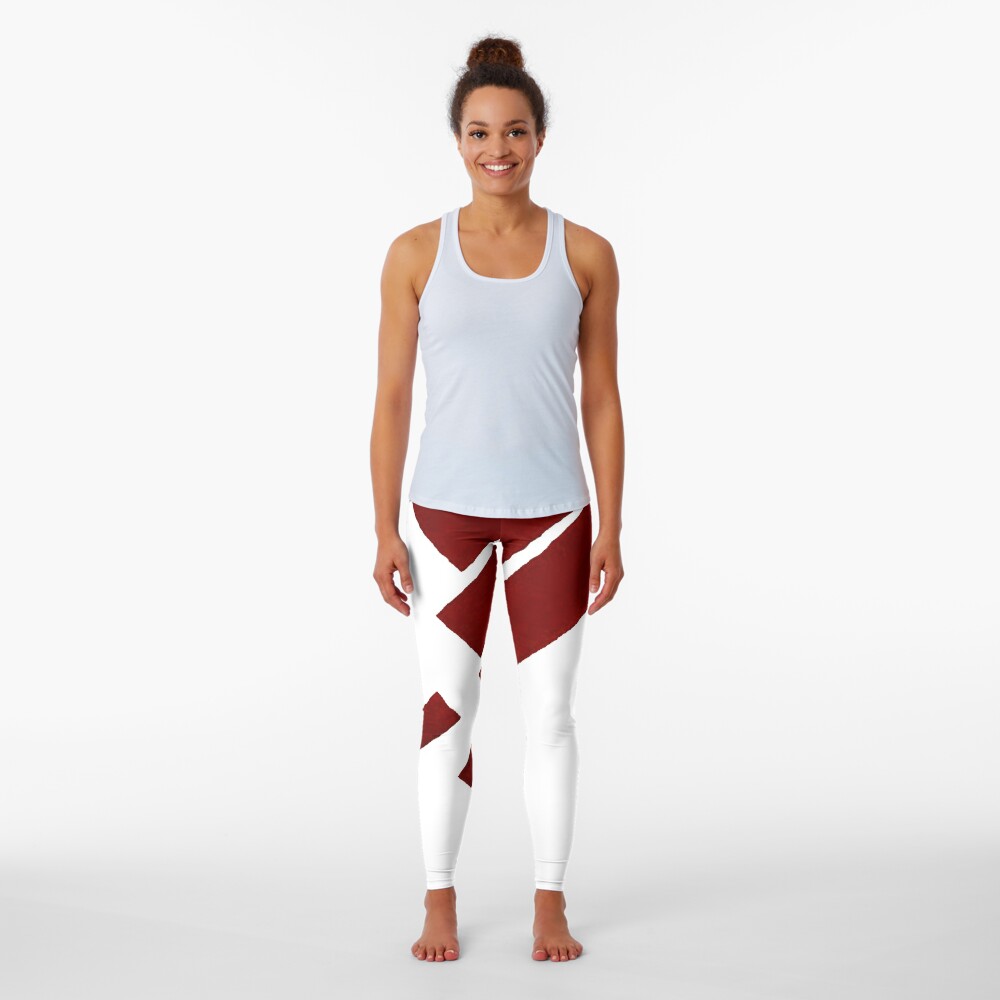





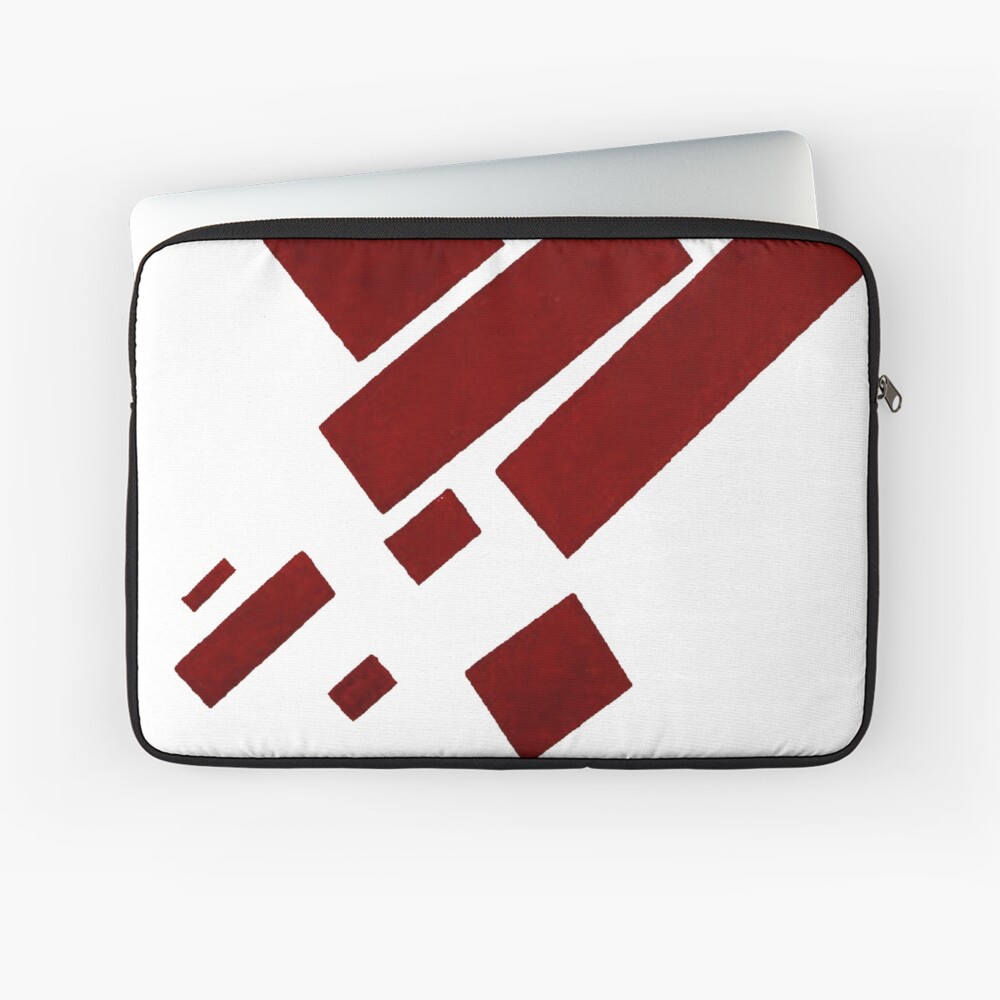







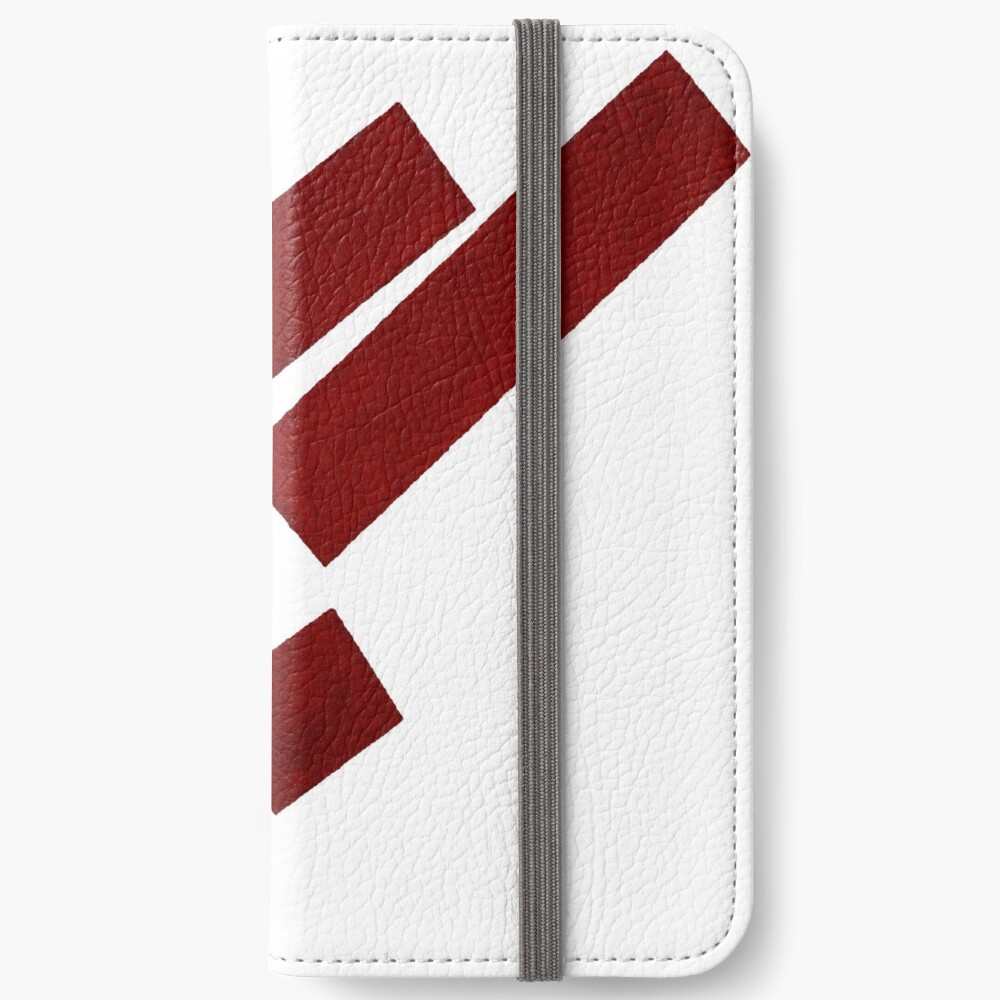






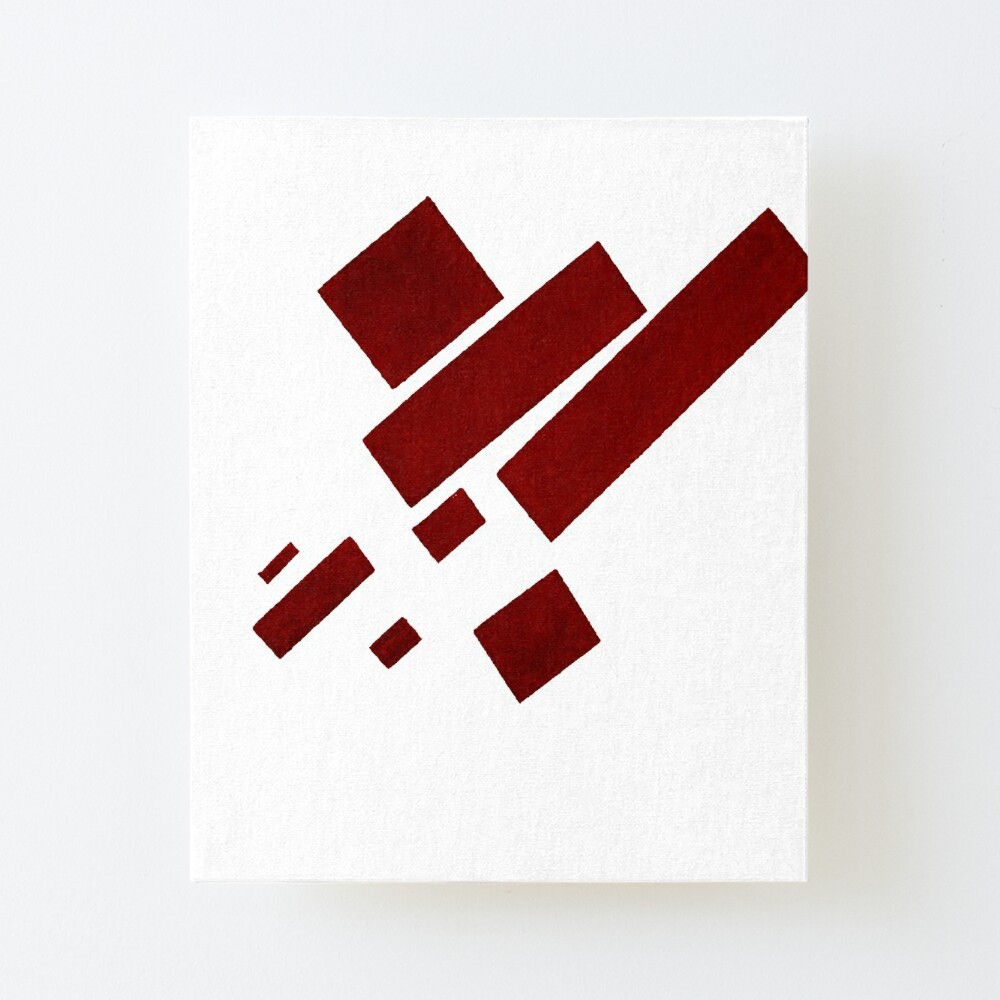
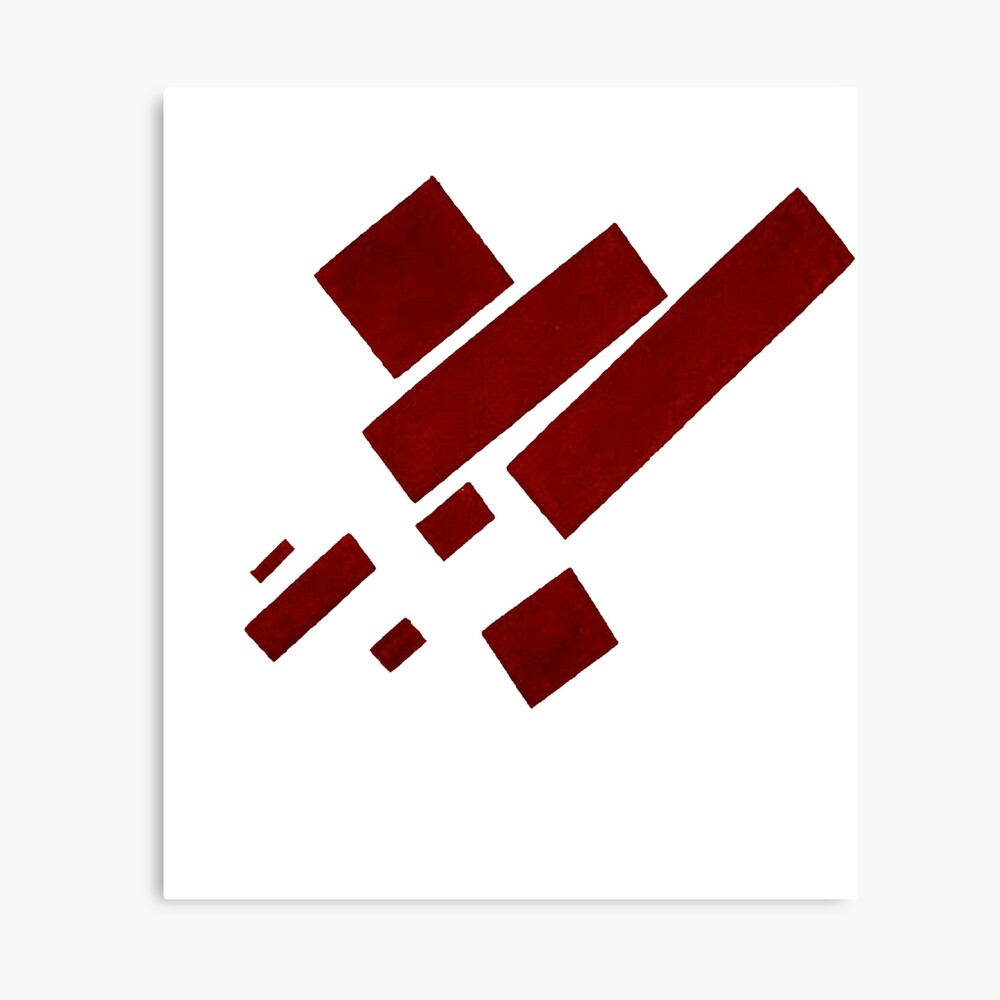

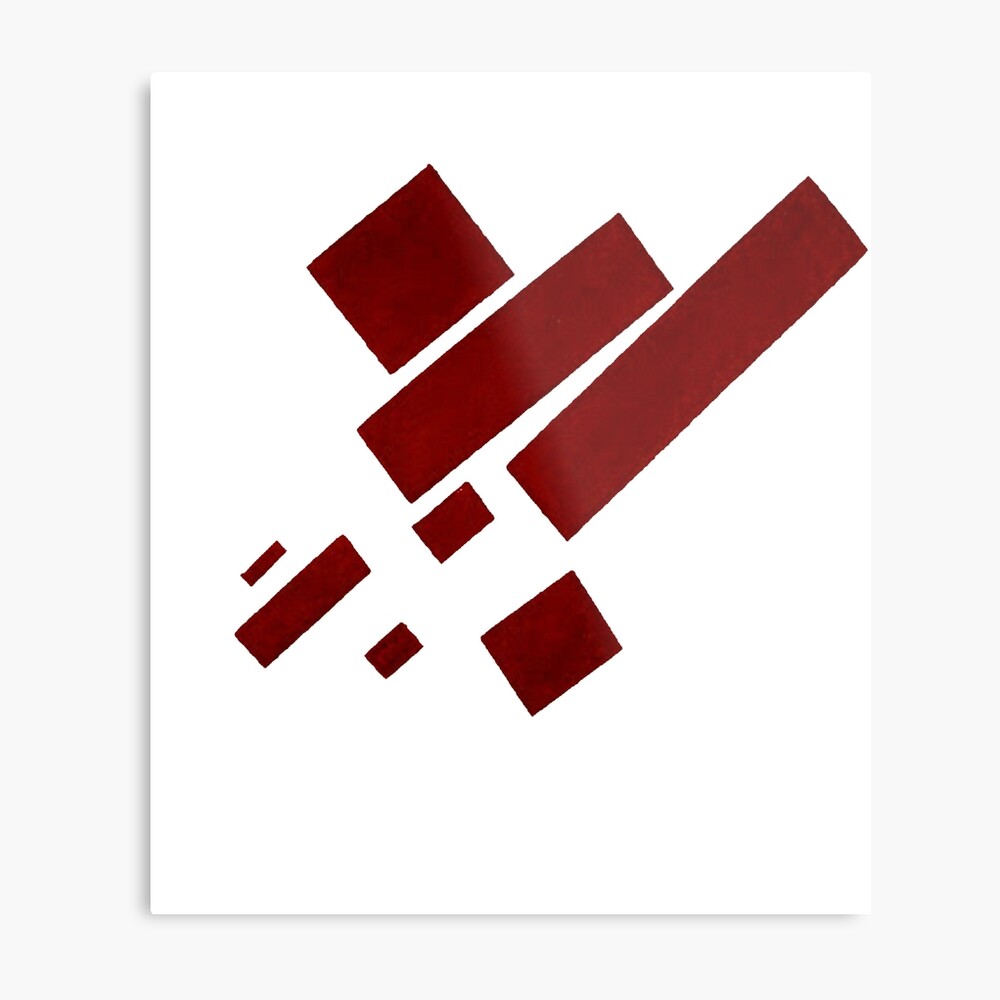



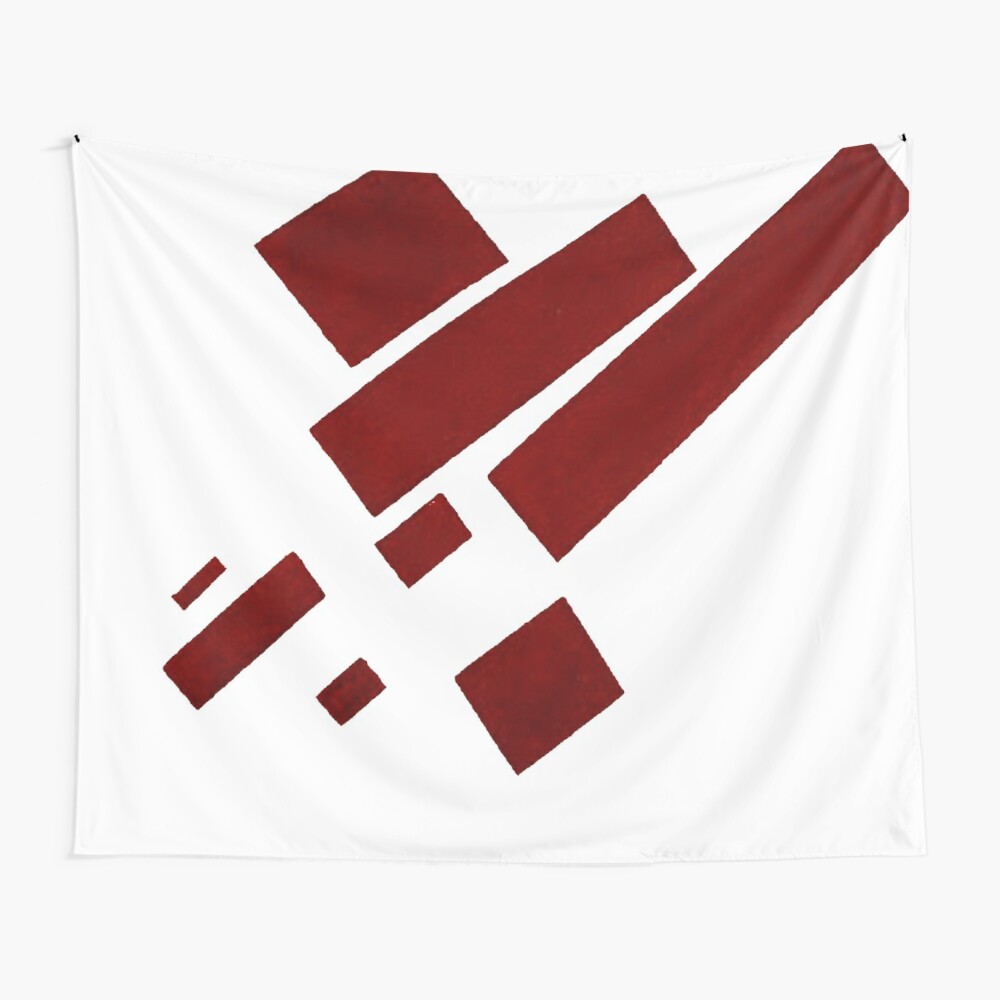
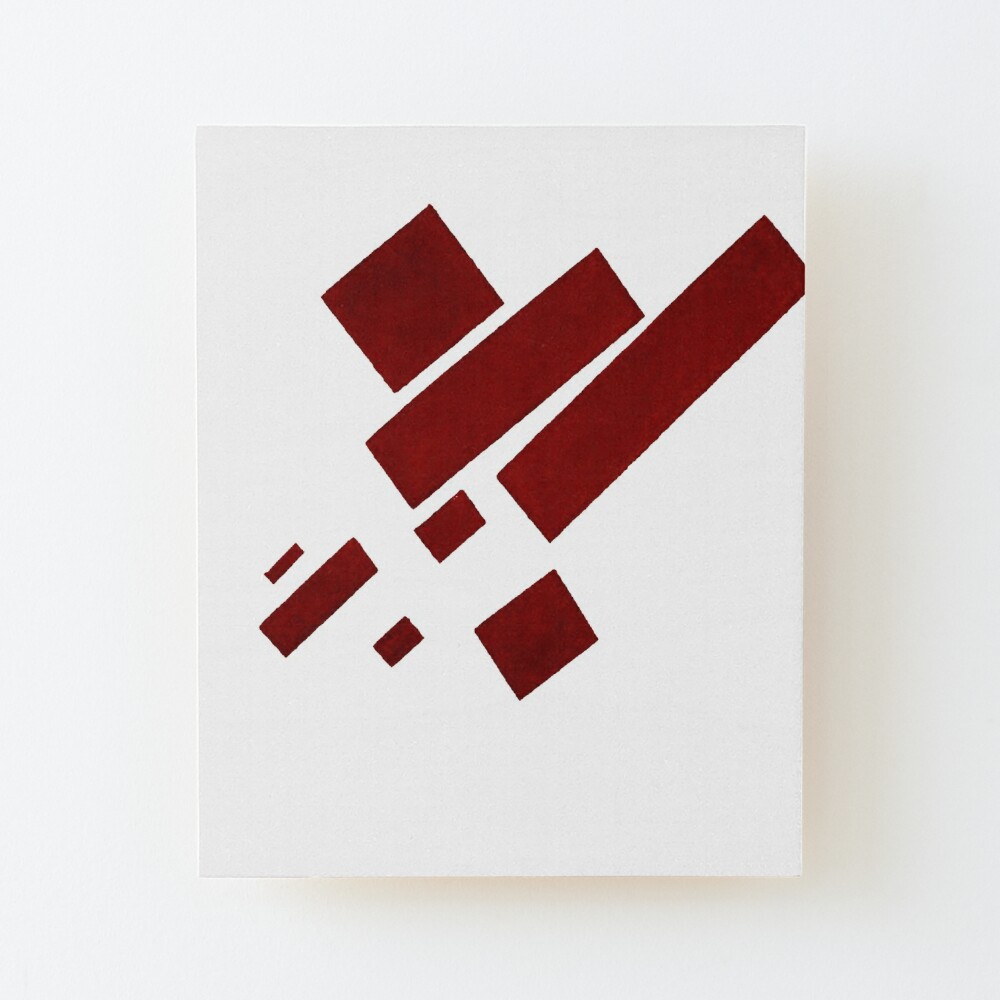





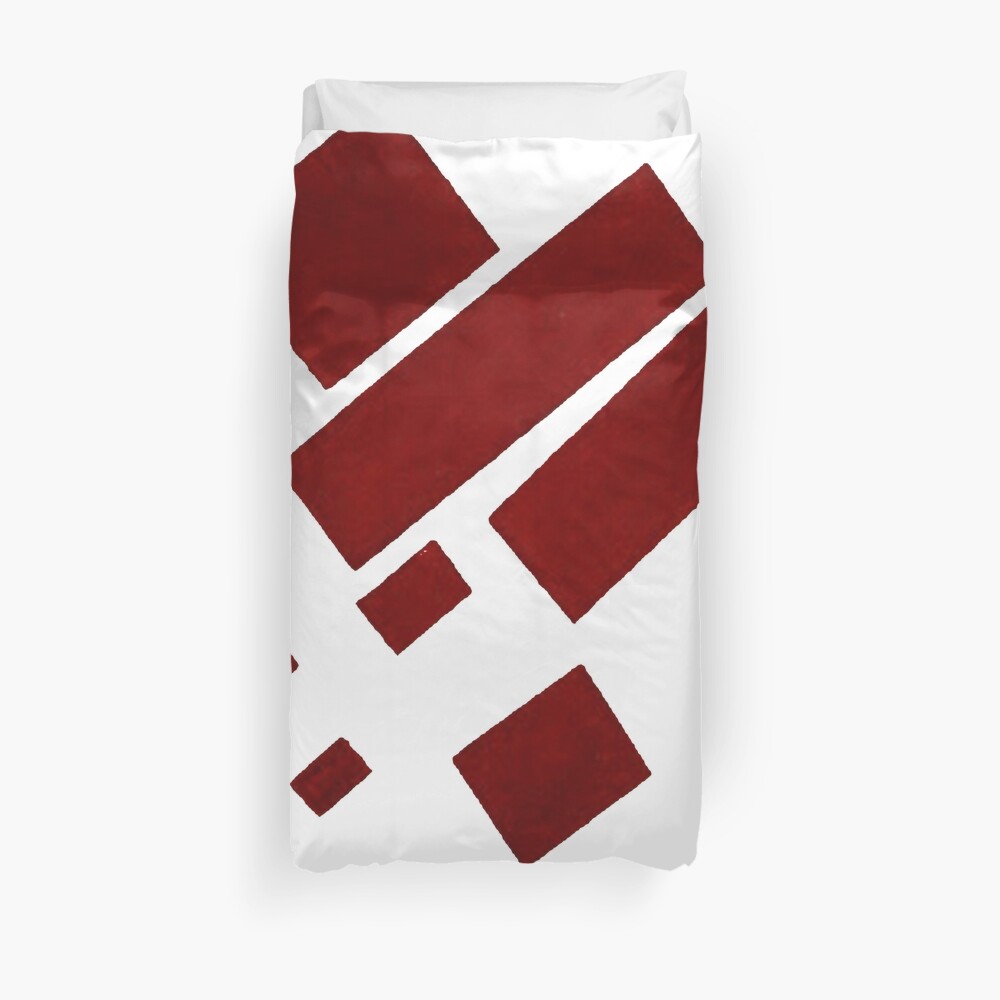














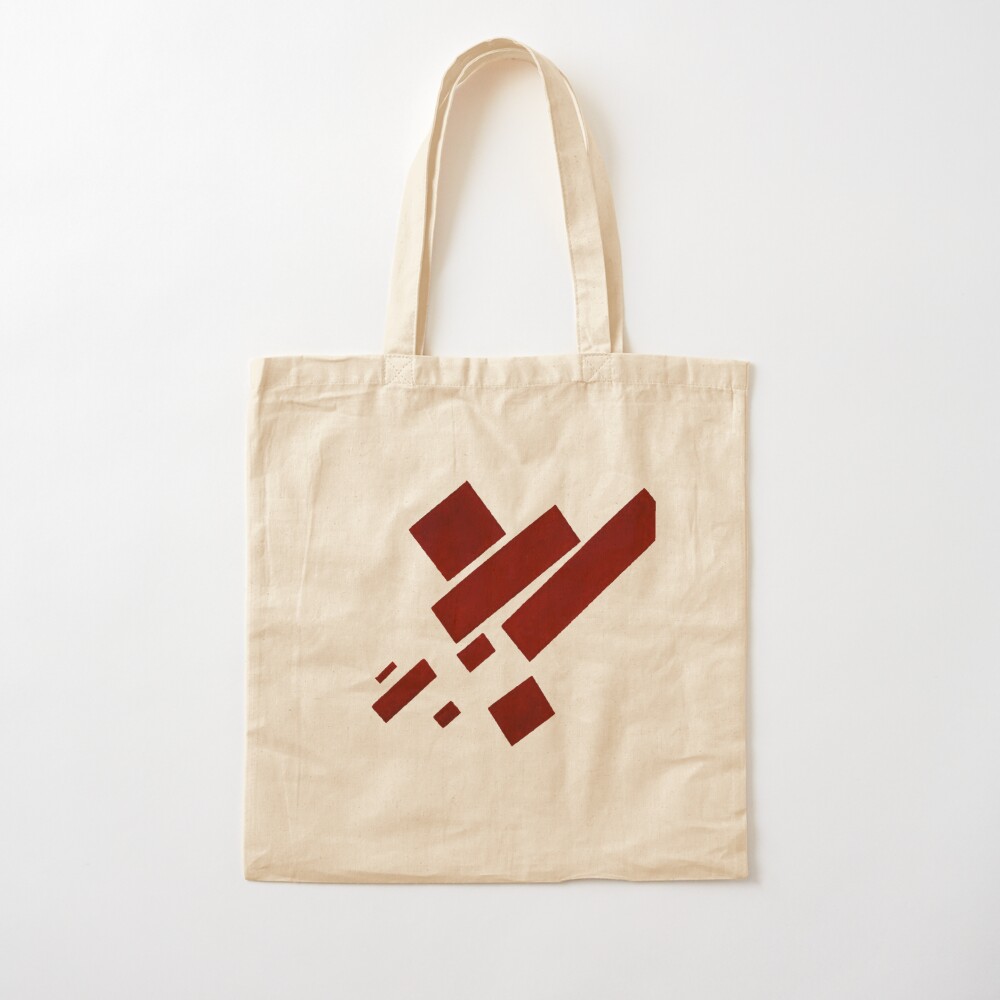
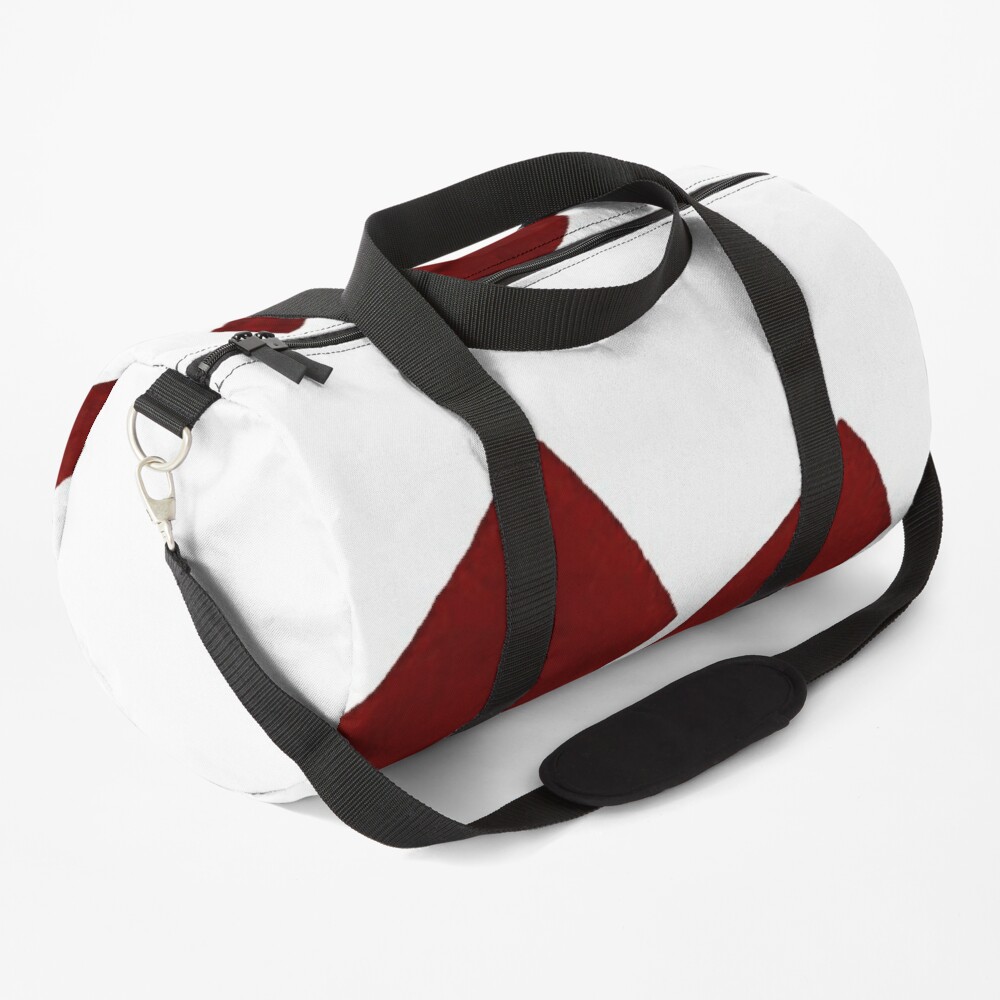
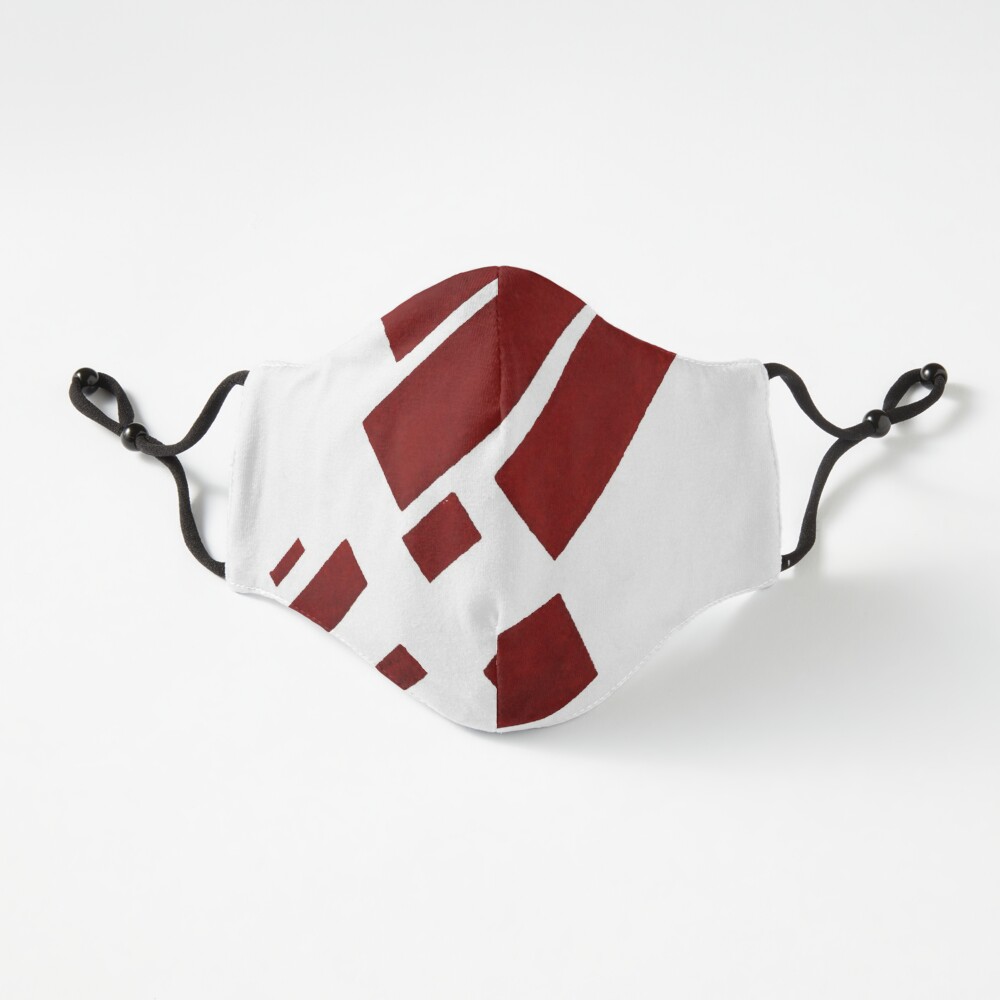
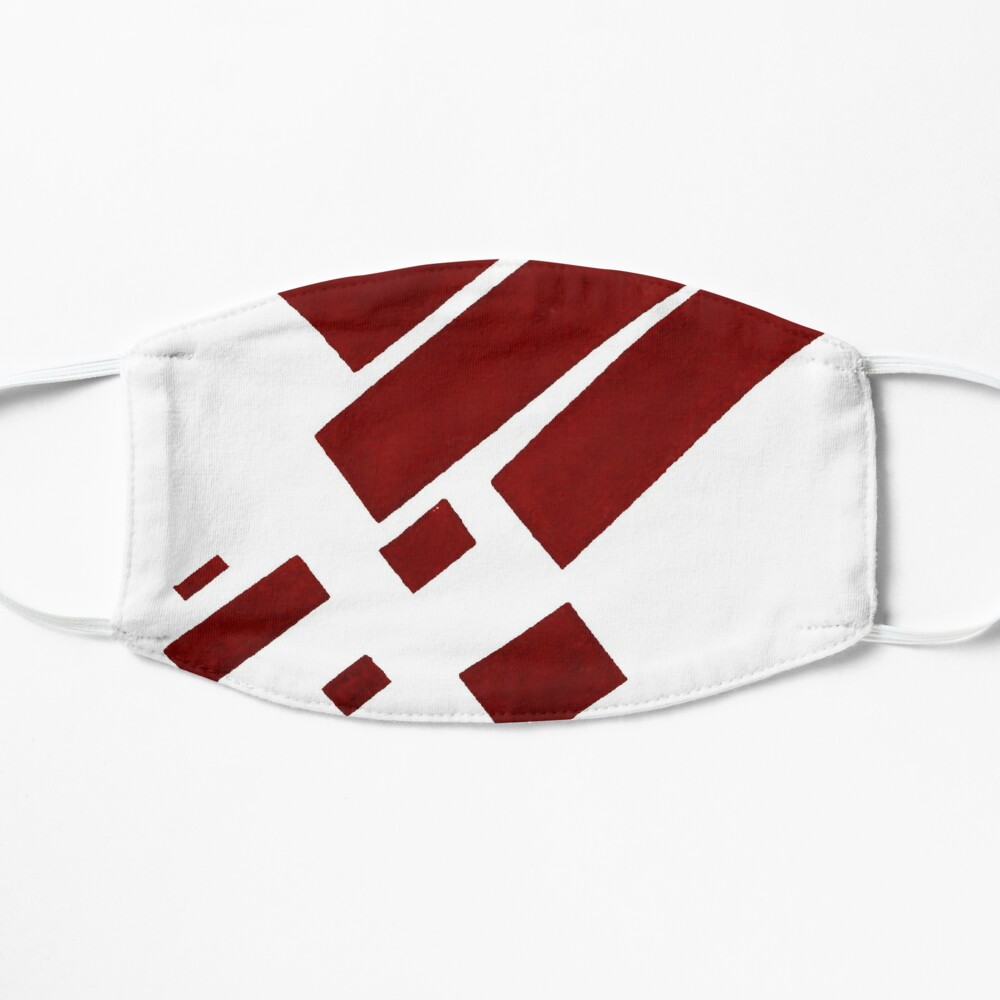




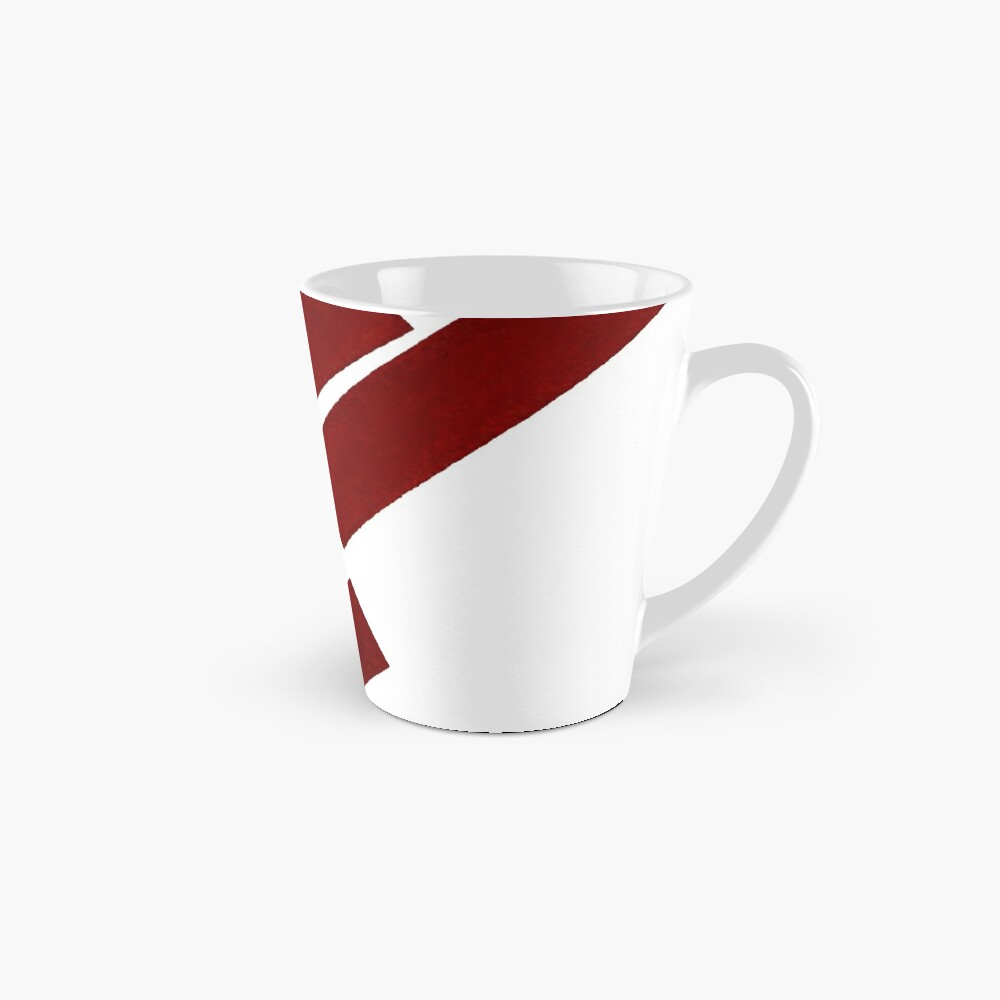


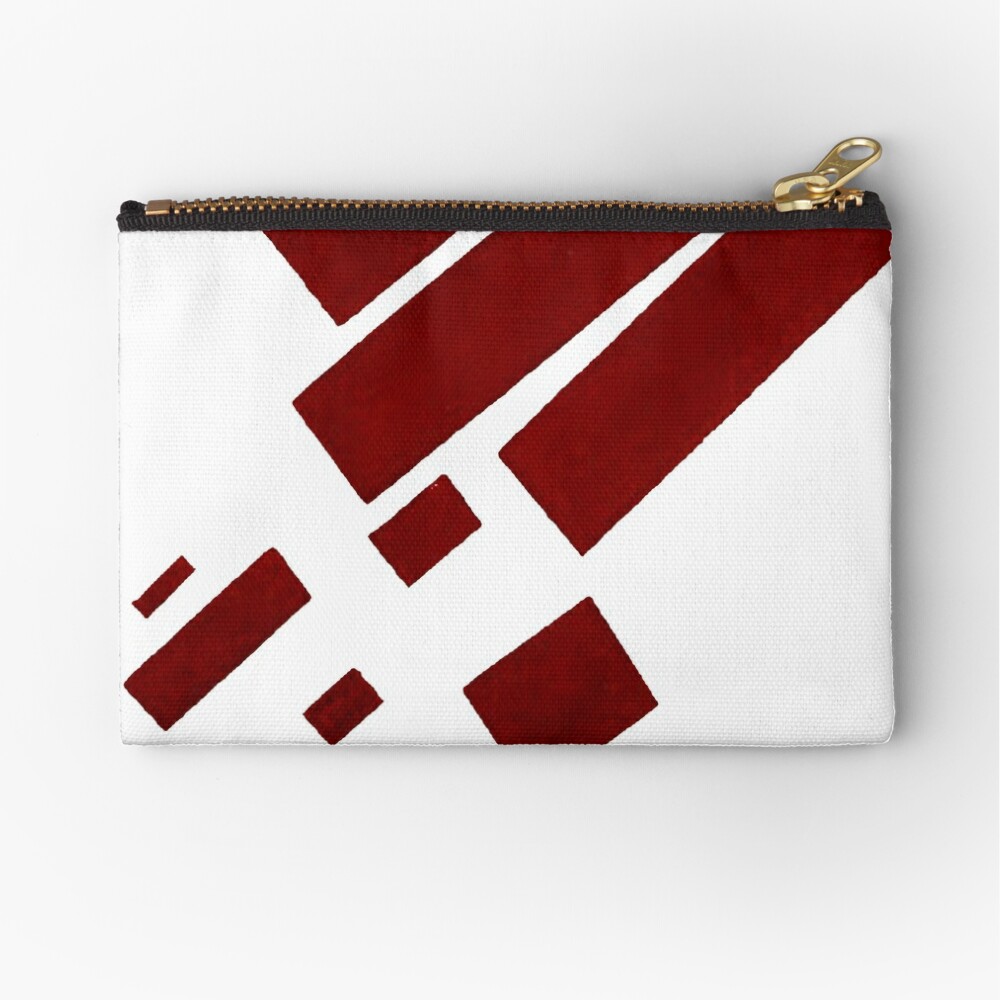


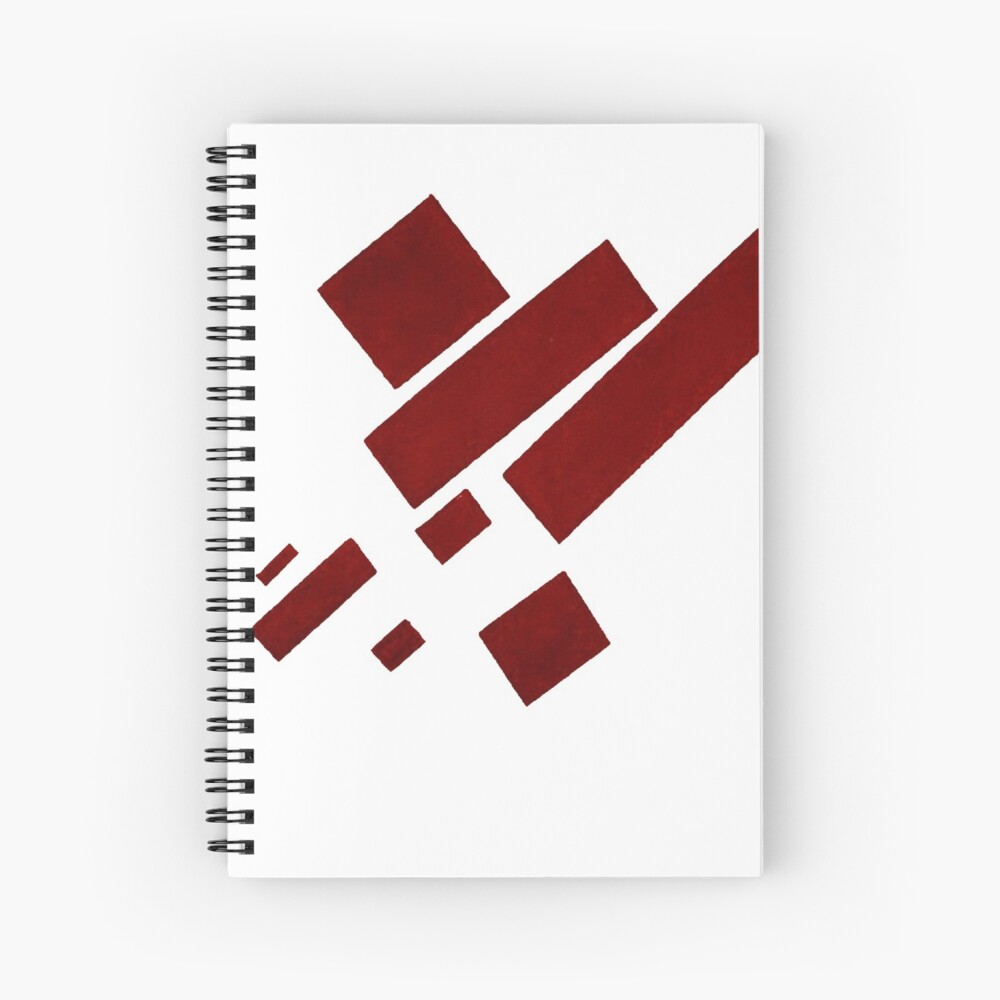

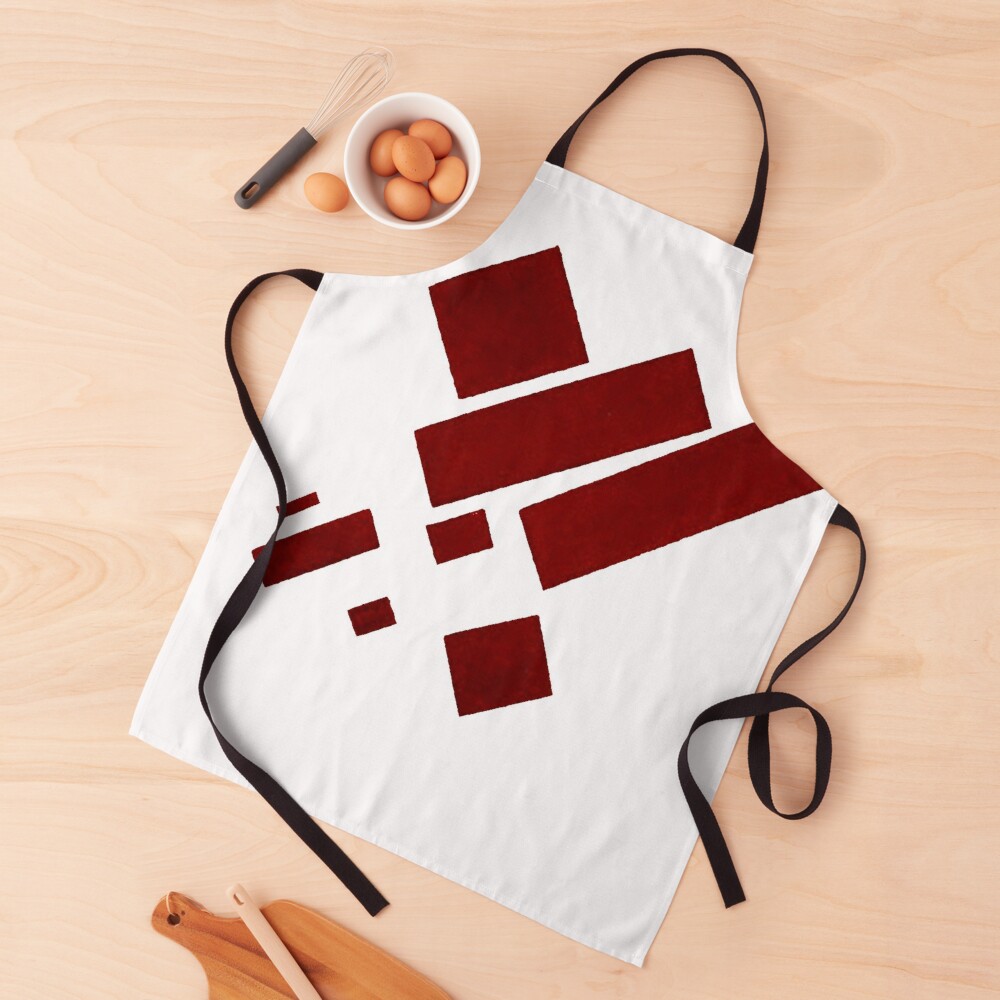


Kazimir Malevich, Suprematist Painting (Eight Red Rectangles), (1915). Oil on canvas, 57 x 48 cm., Stedelijk Museum, Amsterdam.
ReplyDeleteKazimir Malevich (1878 - 1935) was the leader of the Russian avant-garde movement of Cubo-Futurism that began around 1912 and consisted of melding elements of the Italian Futurists and the Cubists. Though Malevich was not the only artist working in this new style, his works come down to us as the greatest examples of the movement. Malevich is also, maybe more famously, known as the founder of Suprematism, an art movement based on fundatmental geometeric forms such as the square, circle, rectangle or triangle.
Influenced by the burgeoning trend of showing Impressionist and Post-Impressionist works in St. Petersburg and Moscow, Russian collectors began to exhibit their collections of Modern art. The ability to view the avant-garde of European art, Russian artists began to find ways to create a distinct identity within the movements. Malevich exhibited with the Cubo-Futurists many times, and is still sometimes characterized, even after he created his own art form.
Malevich's work, Suprematist Painting (Eight Red Rectangles) of 1915 is a standout example of how where Malevich was able to take his art after, in his own words, he had "in the year 1913, in my desperate attempt to free art from the burden of the object, I took refuge in the square form and exhibited a picture which consisted of nothing more than black square on a white field." The work shown above was called Suprematism to explain "the supremacy of pure feeling in create art." In eliminating the idea of objects from art and working with only formal characteristics, Malevich sought to liberate the inherent beauty in art and allow the viewers interpretation to create its own meaning.
Malevich is one of the greatest Russian artists of all time, and it is through his work in Suprematism, and that of the other Cubo-Futurists, that European art was combined in a way to create a distinct movement imbued with Russian feeling and sentiment that is showcased in the stark and austere planes.